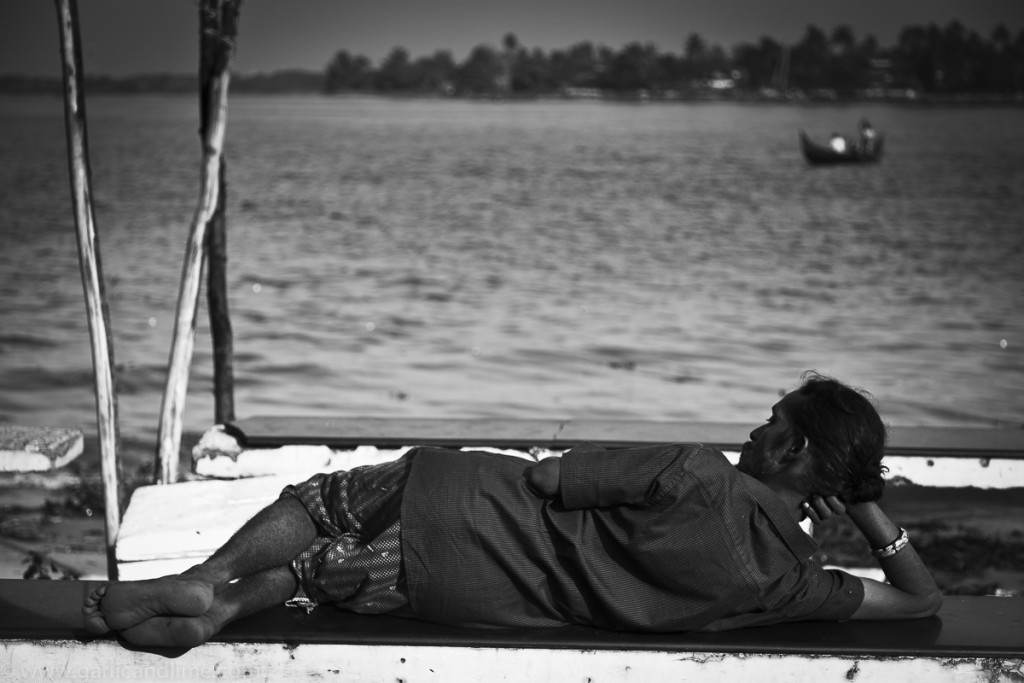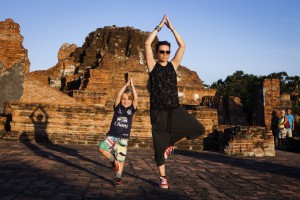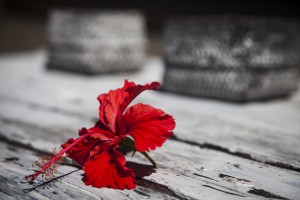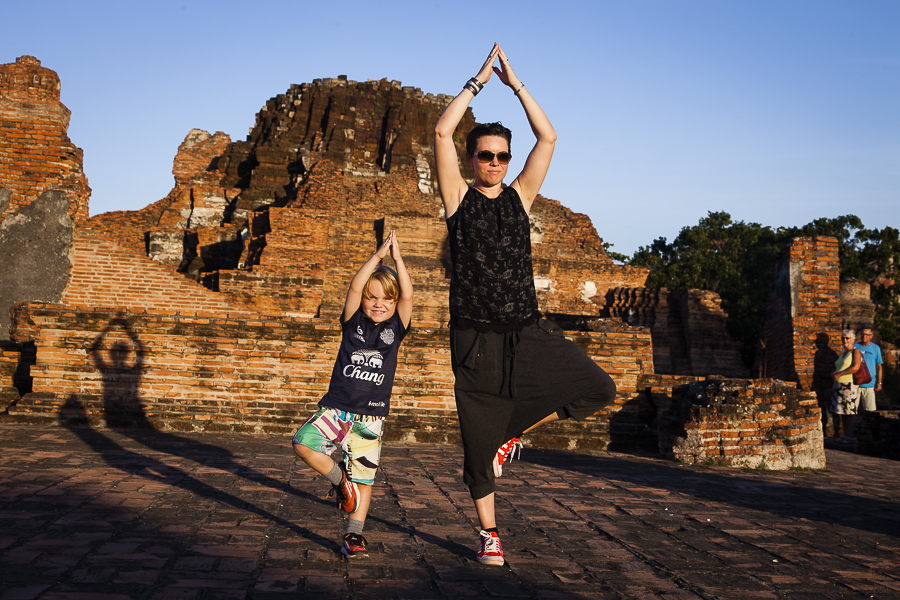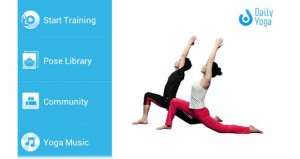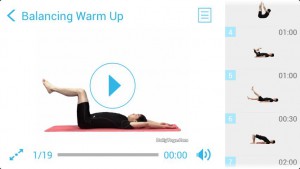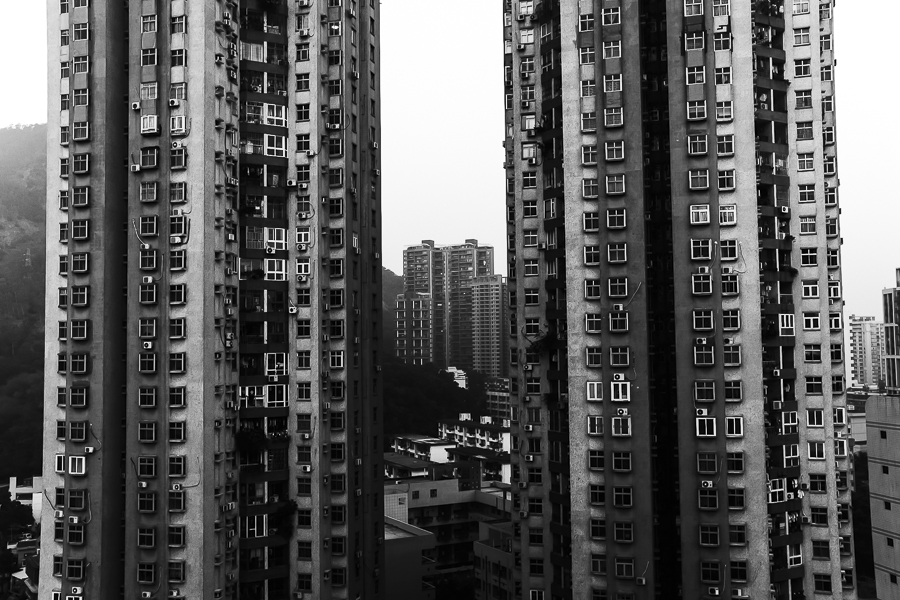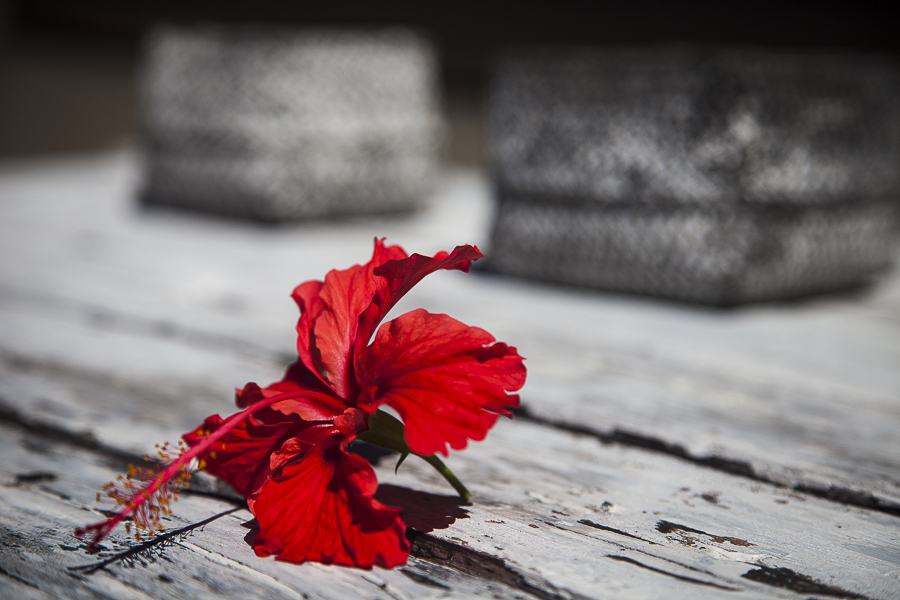Earth Day is a great reason to take a little look at our lives and whether we are doing our bit for the planet. We’ve been thinking about our impact on the environment quite a lot lately, and here are our top 10 tips for living a more sustainable life. Of course, our list is not the only one you could create, so feel free to add suggestions, or rubbish the ones we make.
1. Bin the bag
It takes between 15 and 1,000 years for a plastic bag to decompose. Imagine how many less bags could be used if we just took our own to the supermarket, and even clothes shopping. We have a little fold out bag in our bags so we can always turn down the one offered.
2. Stop buying bottled water. Take a water bottle with you
Buying bottled water when you live in a country where the water is safe to drink, and actually tastes good does not seem to make sense. I love my metal waterbottle, and my Britta filter gets rid of the chlorine taste of the water here in Singapore so that I can avoid buying bottled water most of the time. Even in India we used refillable 20L water containers and a water purifier to minimize our impact.
3. Avoid buying things packed in Styrofoam or plastic
I know, this one is super tough. We are going crazy trying to cut down and cut out here. The supermarket hardly has anything that is not pre-packed anymore! So we have started buying our vegetables from a green grocer who has bins that we can select fruit and vegetables out of and put them into our reusable bags. We haven’t found a solution to lettuce yet, but every little bit counts.
4. Buy locally
Buying locally not only supports local producers, but also cuts down on transportation costs. Where this doesn’t work though is if your local producer is factory farming their animals instead of free range animals, because then, as illogical as it sounds, importing from across the ocean might actually have less total environmental impact than buying locally.
5. Eat seasonally
The only way that I could manage this in the Netherlands was to go to the local market and buy what the local producers are selling. The supermarkets sold the same vegetables, all year round, but from different imported locations. Eating seasonally gives you variety in your food, and also means that the environmental impact of storage and transport is likely to be lower.
6. Print less
I am hoping that by now most people have skipped printing their emails, but still I see older executives doing this. Try to go as paper-free as possible at the office, and choose digital versions of magazines, e-tickets and newspapers.
7. Use a colder wash
Ninety percent of the energy your washing machine uses is for heating the water, so if you use cold water to wash your clothes, or a lower temperature, it can make a huge difference in energy efficiency.
8. Take public transportation, ride your bike or walk whenever possible
What I loved about living in Amsterdam was that I took my bike almost everywhere. In Singapore we are able to take the bus or metro most of the time, with only an occasional taxi. Not every city has as good an infrastructure, or is as compact as these cities to enable this to be an option, but even in other cities, consider whether you really need to take the car for this trip, or you can do it another way.
9. Unplug your electronics, and choose more energy efficient ones
Even when you are not using them, the standby mode of appliances is consuming electricity. If you leave your charger plugged into the wall without your phone in it, it is still drawing a current. Most countries have now implemented energy ratings for appliances so comparing the options on energy efficiency when you are buying your next major appliance is relatively straight forward. Also consider LED lamps over conventional ones, as lighting is a major contributor to total energy usage in the home.
10. Recycle rather than disposing waste
The age old saying that “one man’s waste is another man’s treasure” really holds true. Here in Singapore, and in India too, we gave away our old things to our cleaners, to the men working on building sites, guards and their extended families. They prefer to focus their incomes on supporting their extended families, so saving on their own clothing and goods can really help. Elsewhere, try finding a clothing bin or the Salvation Army for your old clothes and toys.
I don’t think that there can be a definitive or exhaustive list on this topic, so we’d love to have you add to it with your ideas. Post them in the comments.
You might also like:

